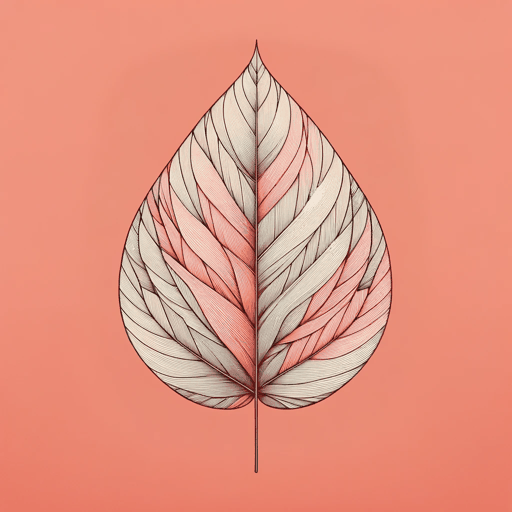23 pages • 46 minutes read
Walt WhitmanI Sit and Look Out
Fiction | Poem | Adult | Published in 1860A modern alternative to SparkNotes and CliffsNotes, SuperSummary offers high-quality Study Guides with detailed chapter summaries and analysis of major themes, characters, and more. For select classroom titles, we also provide Teaching Guides with discussion and quiz questions to prompt student engagement.
Symbols & Motifs
Young Men in Anguish
As the speaker lists the sorrows he sees around him, the first focus for his sorrow is the suffering young men “at anguish with themselves, remorseful after deeds done” (Line 2). Although the poem was published in the 1860 edition of Leaves of Grass, the eve before the Civil War and following years of violence among pro- and anti-slavery settlers streaming to the western lands hoping to extend slavery into the territories, the focus is not on young men caught up in the violence or fighting a battle. Instead, the image is far from any public conflict. The “secret convulsive sobs” suggest men who are suffering alone, “remorseful after deeds done” (Line 2). While the “secret” in Line 2 stays a secret and the reader never learns what the men are suffering from, one can infer that the “secret convulsive sobs” may be from gay men experiencing desire, especially since the 1860 edition contains the “Calamus poems,” a series that was added to the 1860 edition and was controversial for its exploration of love between men:
What scandalized readers in Whitman’s time was his frankness about heterosexual bodies, and his portrayal of women as sexual beings. Only those alert to same sex desire seemed capable of reading a deeper level of scandal in the poems, a ‘secret’—shared in broad daylight but lately unreadable—that was for them more nourishing than any other text of their time (Mark Doty, What is the Grass: Walt Whitman in my Life.
Related Titles
By Walt Whitman
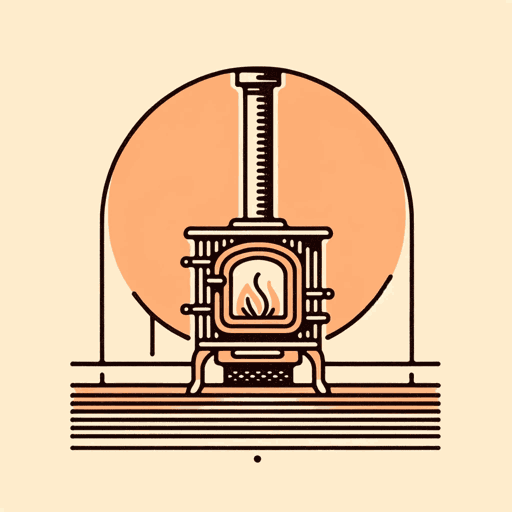
A Glimpse
Walt Whitman
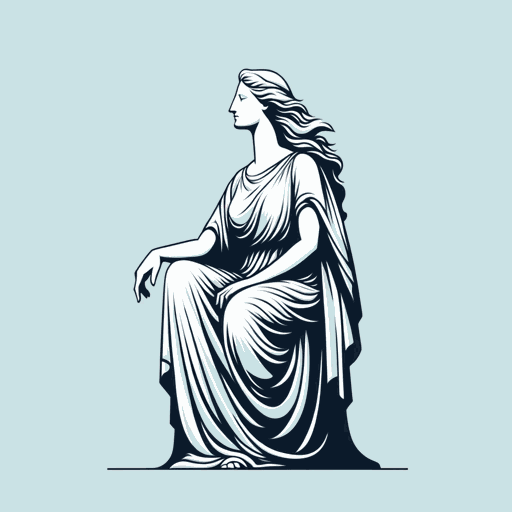
America
Walt Whitman
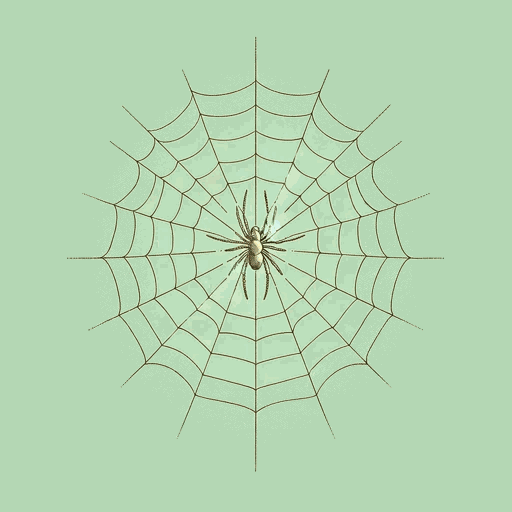
A Noiseless Patient Spider
Walt Whitman
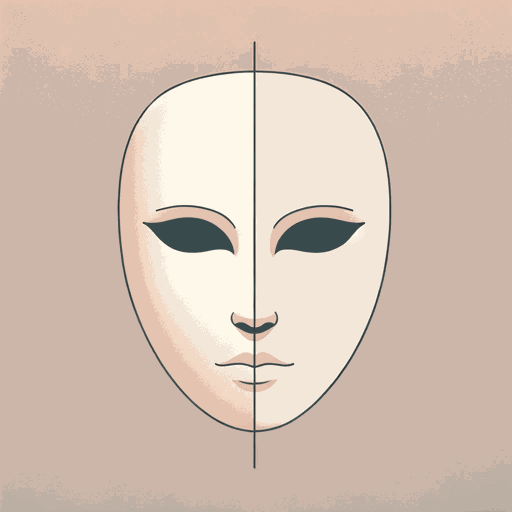
Are you the new person drawn toward me?
Walt Whitman
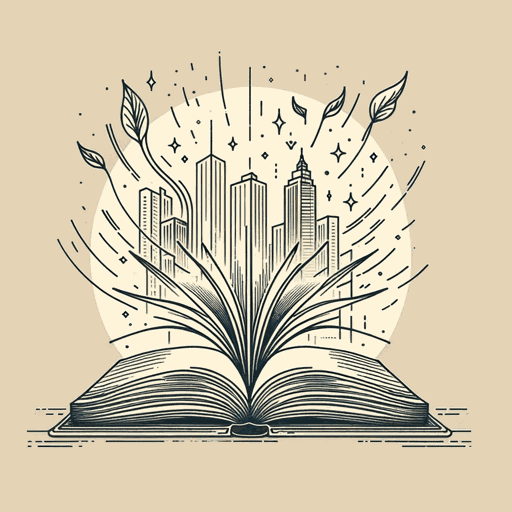
As I Walk These Broad Majestic Days
Walt Whitman
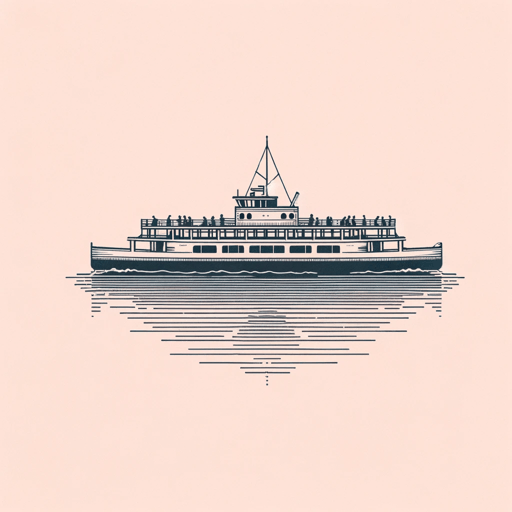
Crossing Brooklyn Ferry
Walt Whitman
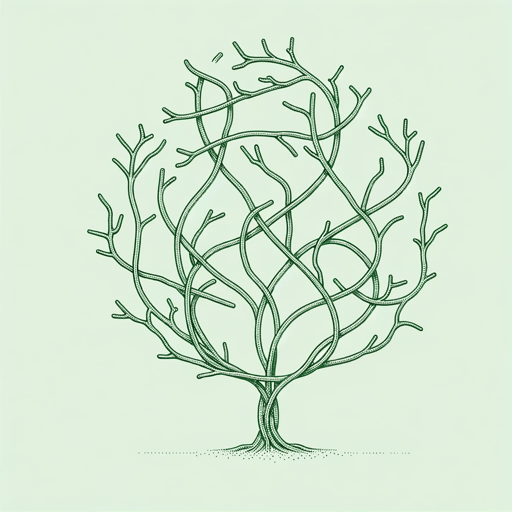
For You O Democracy
Walt Whitman
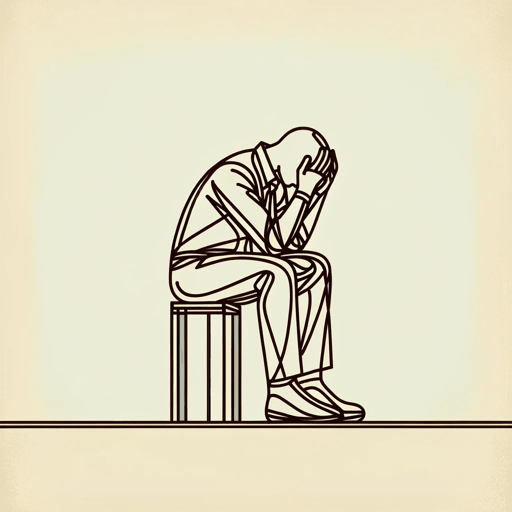
Hours Continuing Long
Walt Whitman
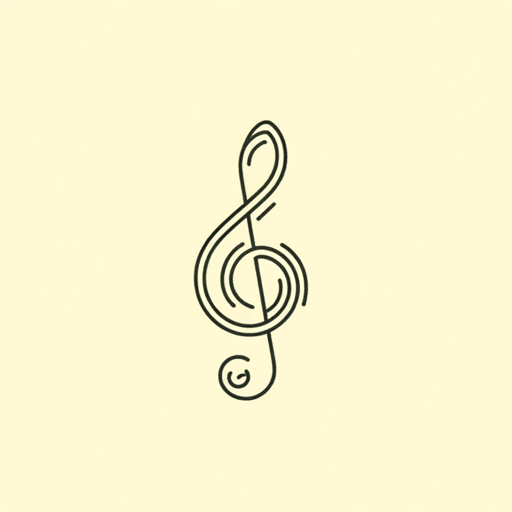
I Hear America Singing
Walt Whitman
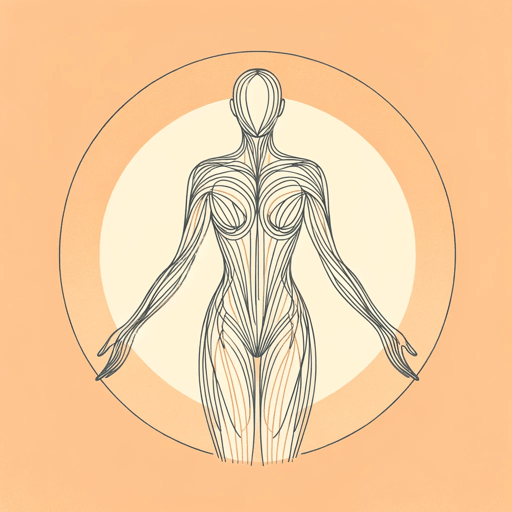
I Sing the Body Electric
Walt Whitman

Leaves of Grass
Walt Whitman

O Captain! My Captain!
Walt Whitman
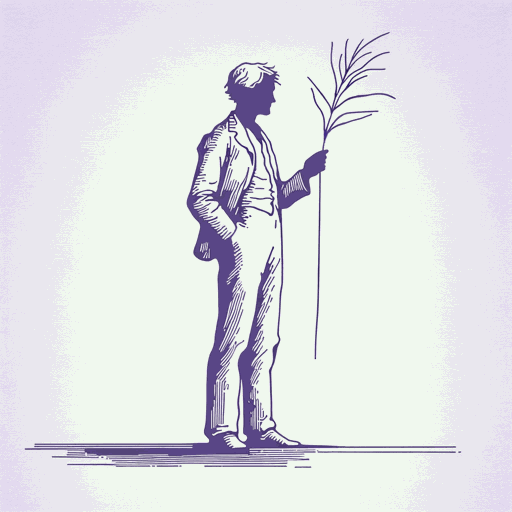
Song of Myself
Walt Whitman
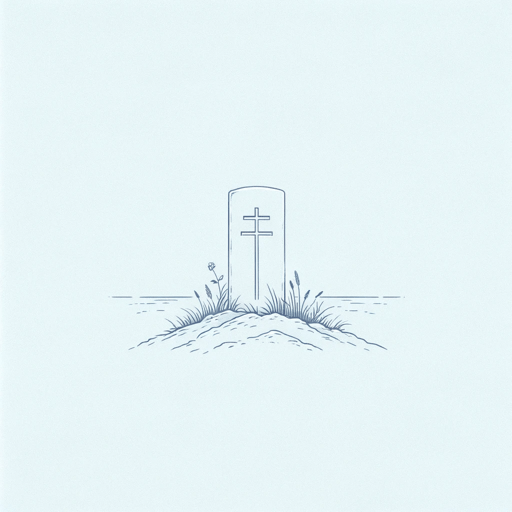
Vigil Strange I Kept on the Field One Night
Walt Whitman

When I Heard the Learn'd Astronomer
Walt Whitman
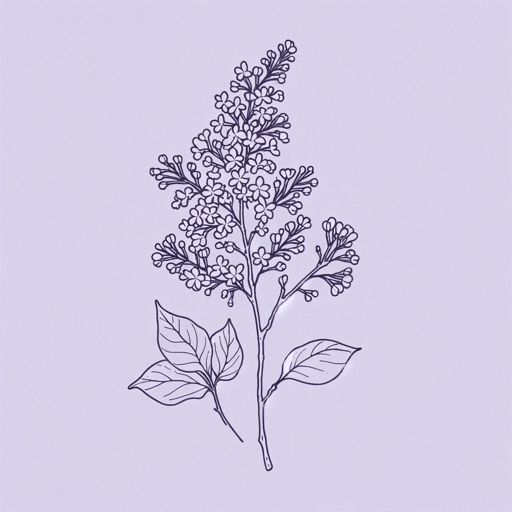
When Lilacs Last in the Dooryard Bloom'd
Walt Whitman
